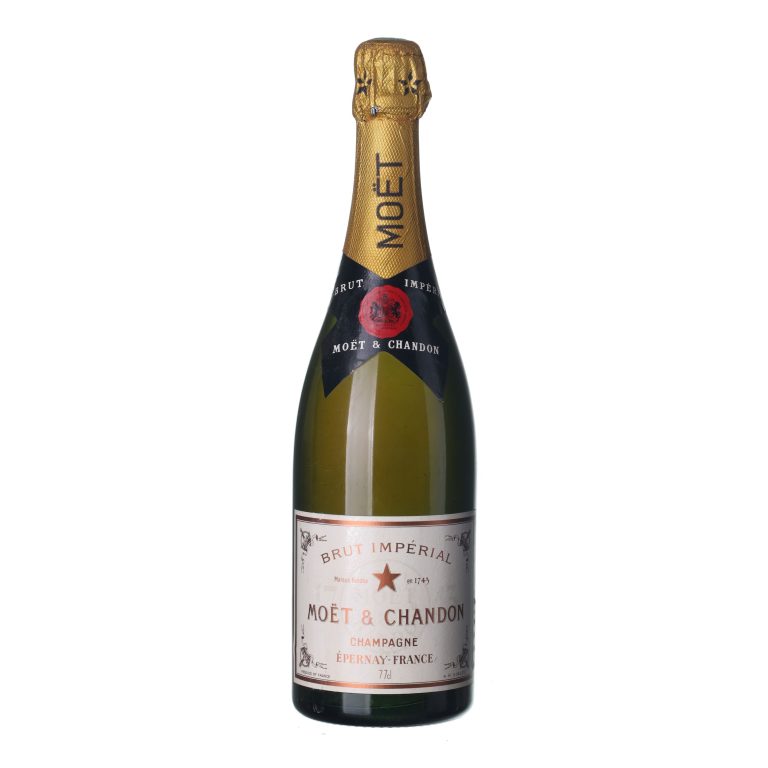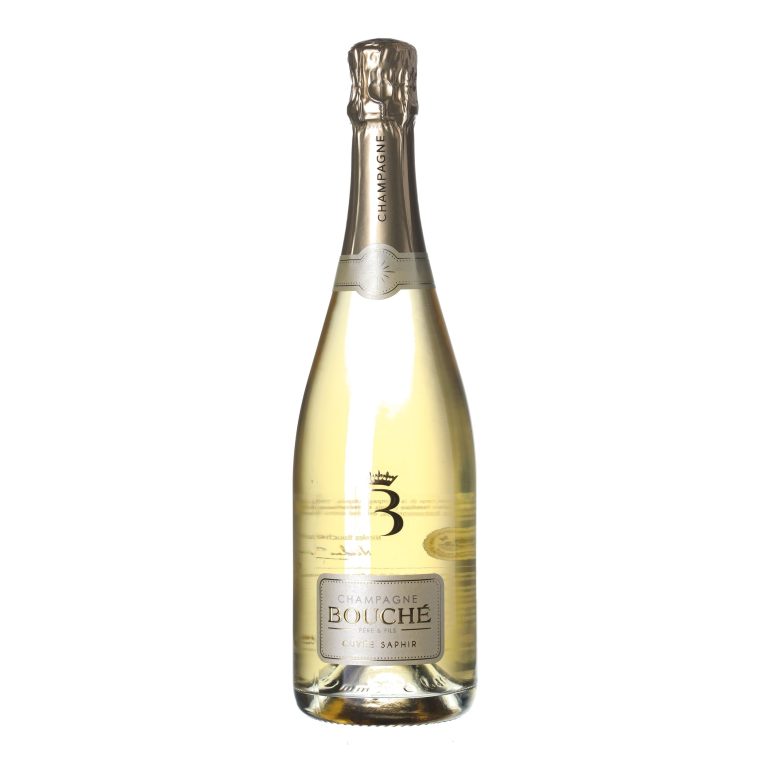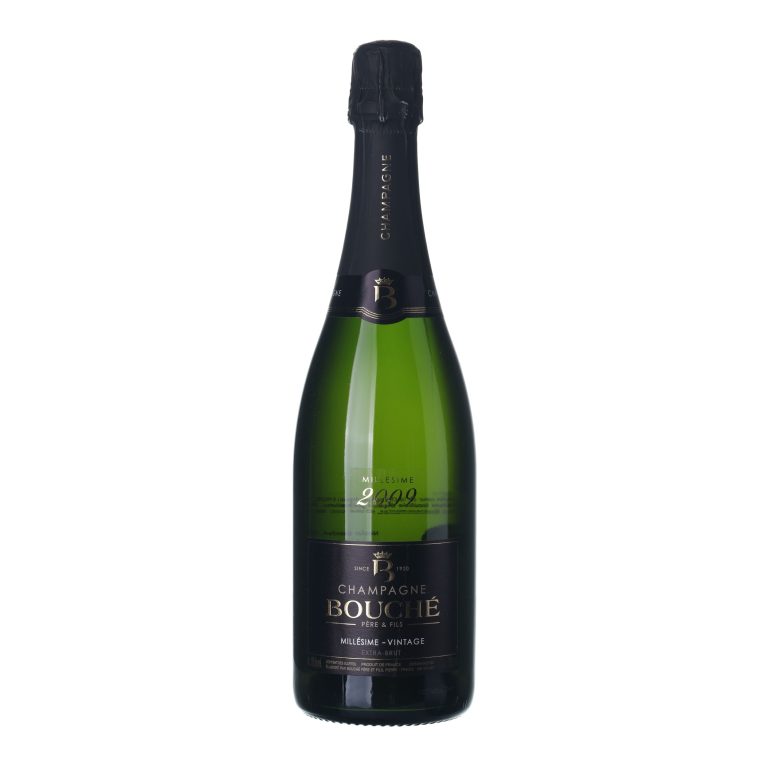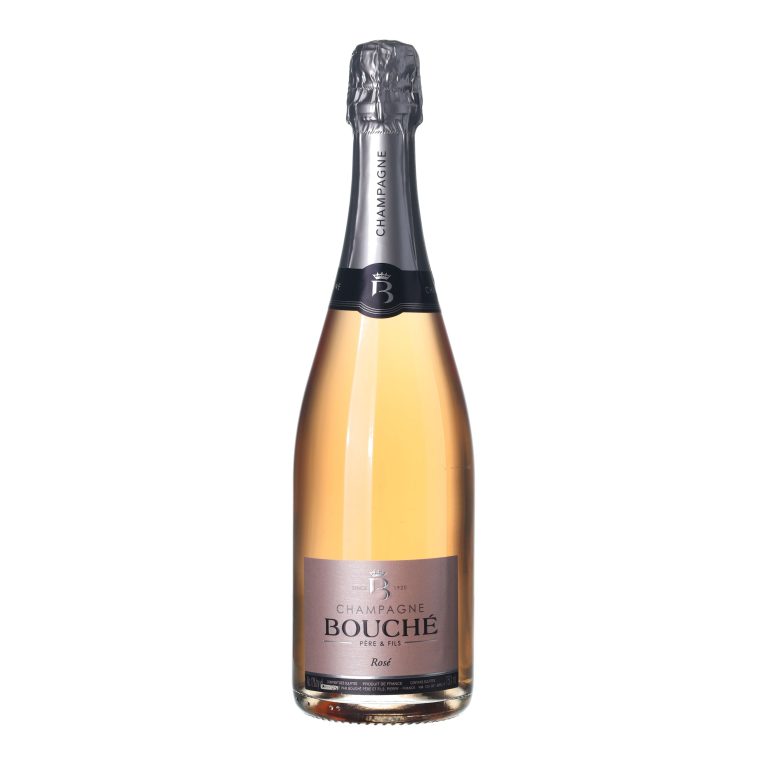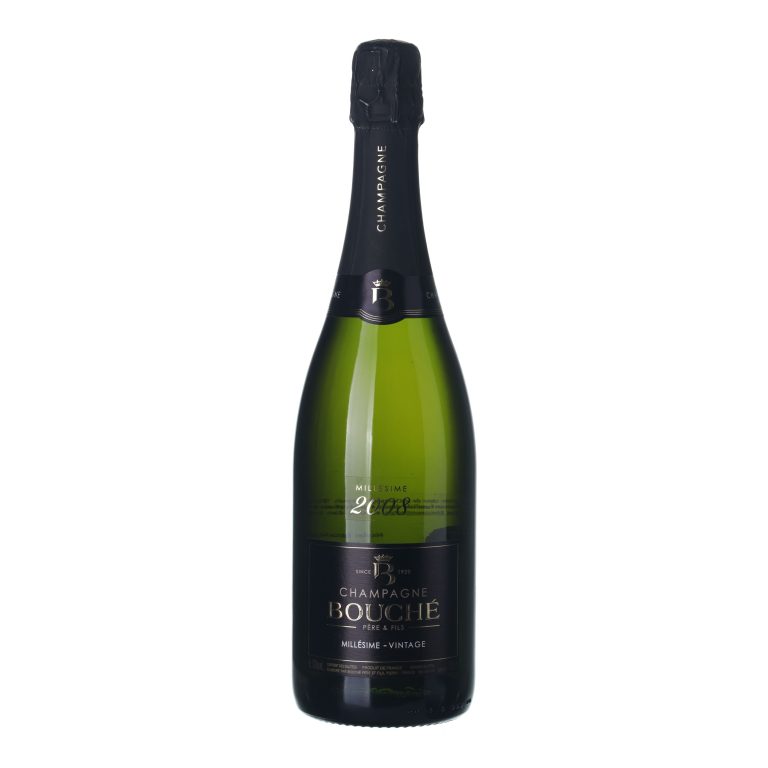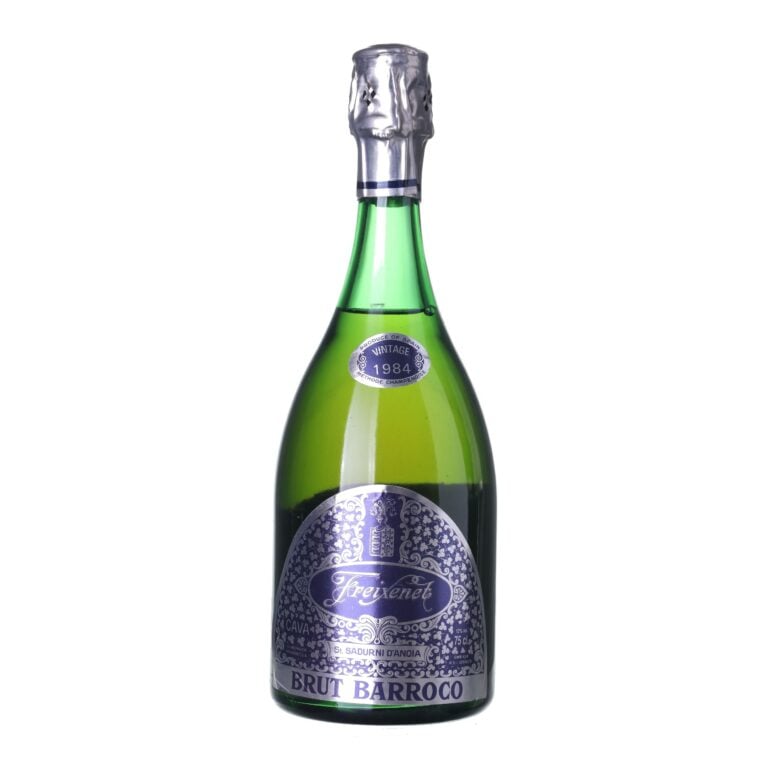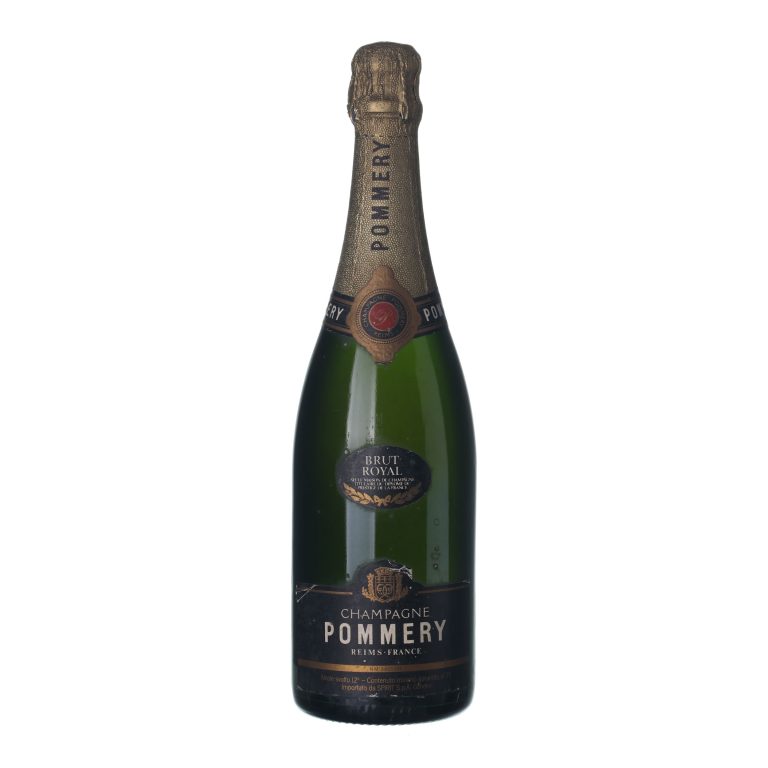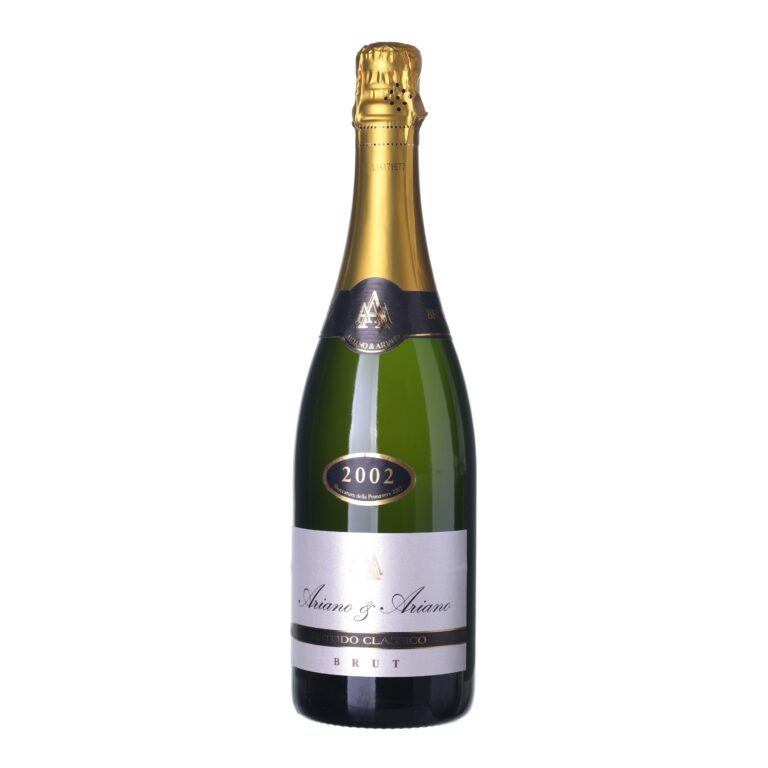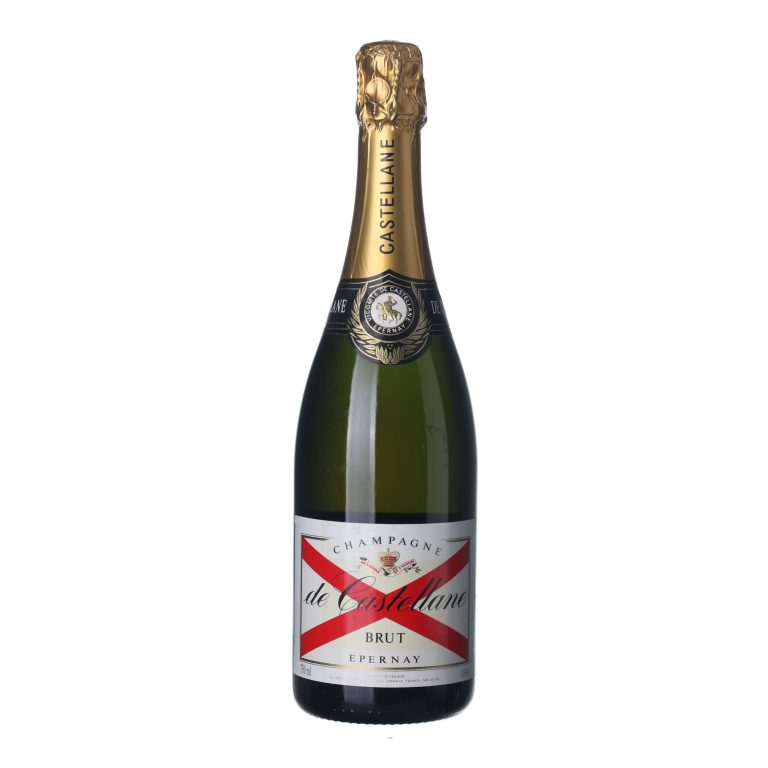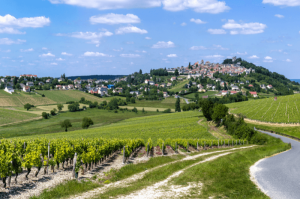Classifying wine for complete beginners
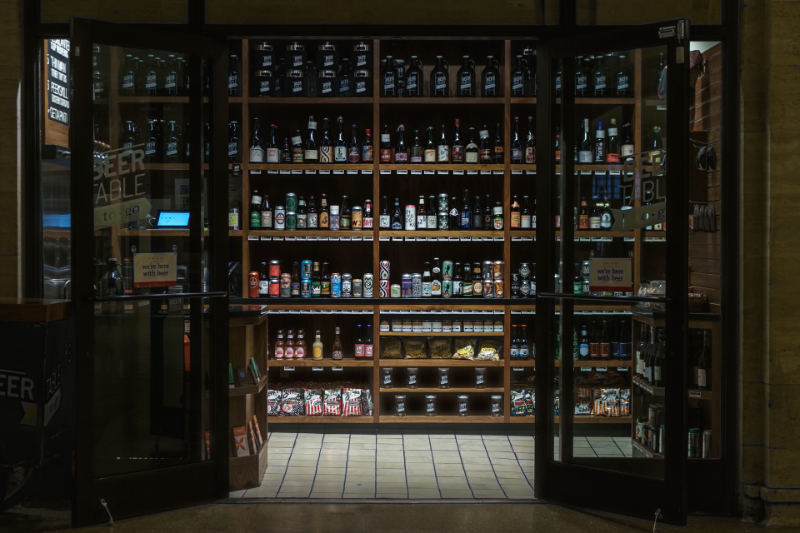
There are several methods or approaches to classifying wine into individual categories. They can vary in different wine region, there are laws concerned with this, and experienced sommeliers will also have their own ways to categorize them. Today, we’ll take a look at how to quickly orient yourself in wines if you have just started taking an interest in them.
In the Czech Republic, wines are classified according to the Viticulture Act from 2004 and its amendments. In practice, here, you may encounter the “GermanXXX” manner of classifying wines, which is gradually being supplemented by a second one, the RomanesqueXXX system, which is being applied to Czech wines with original certifications. How do they differ from one another?
The GermanXXX system focuses on the ripeness of the grapes (and this is mainly a factor relating to their sugar content) and the variety of the grapevines. The RomanesqueXXX system is primarily concerned with the grapes’ origin, which is also called terroir – you can read about this in the article How wine regions influence the taste of wine.
Basic wine classification: do you like bubbles, or not?
In our practical overview, the first thing we’ll do is divide wines into the following categories:
Still wine (or just “wine”) is a non-bubbling, non-effervescent wine that is also not aromatized or fortified.
Sparkling wine is also sometimes called sect when it fulfills certain conditions. It contains carbon dioxide and is produced using both a primary and secondary fermentation process in the wine or must.
Bubbling wine has a lower pressure and lower alcohol content than sparkling wine. It’s made from table wine, and just like sparkling wine it can have carbon dioxide added.
Liqueur wine is also called fortified wine, and it contains added grape distillate. Some of the wines that belong in this category are the vermouths and Port wine. Liqueur wines are often suitable for archiving.
We also shouldn’t forget the wines available right after the harvest, such as the Czech burčák, which are essentially partially-fermented grape musts.
White wine, red wine … color matters!
Many of us practice a simple visual classification of wine, so if someone asks what kind we like to drink, we often answer by stating its color. Let us add, that classification according to color pertains to still wines.
White wine is made from both white and red grapes (for example, Gewürztraminer has pink to red skins) and it acquires its color when the grapes ferment without their skins.
Red wine is made from blue grapes that contain a red pigment in their skins. The mash ferments longer and at higher temperatures than with white wines. This is why there are also more tannins present in red wine.
Rosé wine is also made from blue grape varieties, but the skins are only left in the mash for a brief while – generally 4 to 6 hours.
OUR TIP: You may also encounter orange or yellow wine … Do you know how they differ from one another?
Orange wine is created using ancient Georgian methods and technologies that feature long and repeated maceration of the grapes.
Winemakers term a wine yellow when it’s a special naturally dry or naturally sweet wine distinguished by a yellow color (Tokaji wine, Vin jaune, ice, and straw wines belong in this category).
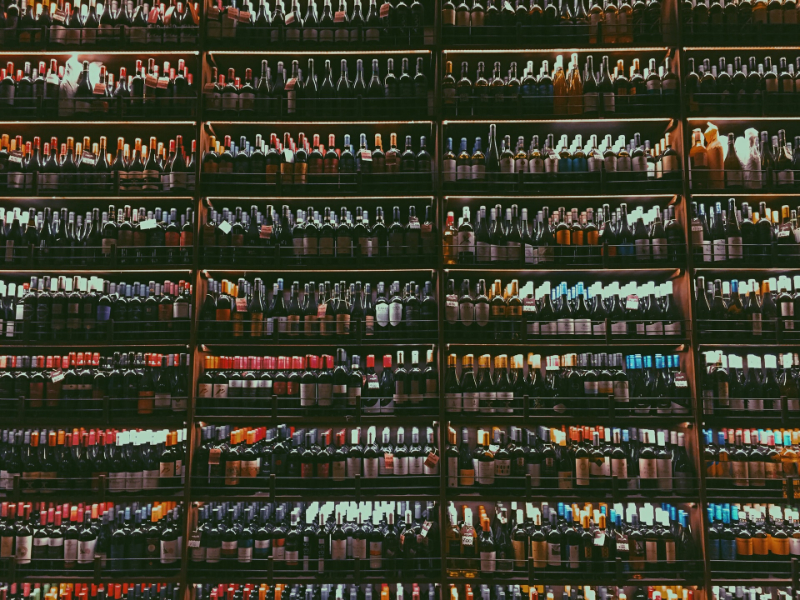
Is it dry or sweet wine? The residual sugar content tells you
We can distinguish still and sparkling wines according to the residual sugar content in it: this is the sugar that the wine yeast didn’t change into alcohol. If we let the numbers talk, here’s what the categories look like:
Still wine
- Dry wine: no more than 4 g/l (or potentially up to 9 g/l – but the overall acidity expressed in grams of tartaric acid per liter must be at least 2 g/l lower)
- Semi-dry wine: up to 12 g/l (or potentially up to 18 g/l – but the overall acidity expressed in grams of tartaric acid per liter must be at least 10 g/l lower)
- Semi-sweet wine: up to 45 g/l
- Sweet wine: 45 g/l or more
Sparkling wine
- Brut nature: up to 3 g/l
- Extra brut: 0–6 g/l
- Brut: do 12 g/l
- Extra dry: 12–17 g/l
- Sec: 17–32 g/l
- Demi-sec: 32–50 g/l
- Doux: more than 50 g/l
The quality of wine is determined by the ripeness of the grapes and the letter of the law
We have already dealt with the classification of wine in connection with the minimal ripeness of the grapes used to product it in the article content. Repetition is the mother of wisdom, and therefore let’s just briefly call to mind the article we published on wine with special attributes. If this topic interests you, you’ll find more information in the above-mentioned text.
- Categories where one degree of NM equals one kg of natural sugar in 100 l of grape must looks like this:
- Wine (as above, also still wine) – 10 ⁰NM
- Regional wine – 14 ⁰NM
- Quality wine: varietal – 15 ⁰NM, with a certificate – 15 ⁰NM
- Wine with certification of origin – 15 ⁰NM
- Quality wine with attributes that are further distinguished as:
-
- Cabinet (or Kabinett) wine – 19 ⁰NM
- Late harvest – 21 ⁰NM
- Selected grapes – 24 ⁰NM
- Selected grapes – 27 ⁰NM
- Ice wine – 27 ⁰NM
- Straw wine – 27 ⁰NM
- Select botrytized grapes – 32 ⁰NM
Is that all? Not at all … wine isn’t that easy!
In conclusion, we would like to remind you that this is far from an exhaustive categorization of wines. Perhaps you’ve taken an interest in Italian wines, or you insist on French ones … Some please their palates with Portuguese wines while others prefer Spanish varieties. Another possibility for classifying wines is by their country of origin, or the region where they were produced.
By contrast, an experienced sommelier will probably distinguish between white and red wines according to how well they go with various foods, perhaps like this:
- Young white wine
- Full-bodied, dry white wine
- Aromatic white wine
- Sweet white wine
- Young red wine
- Heavier red wine
- Heavy, mature red wine
But don’t despair, you always have the simplest classification of wines in the world to rely on: I like it / I don’t like it.
Select wines. In your email.
once every month. You can look forward to our recommendations, interesting content, and great offers for your archive for your archive.
By sending an email you agree to the Terms and Conditions for Protection of Personal Data


